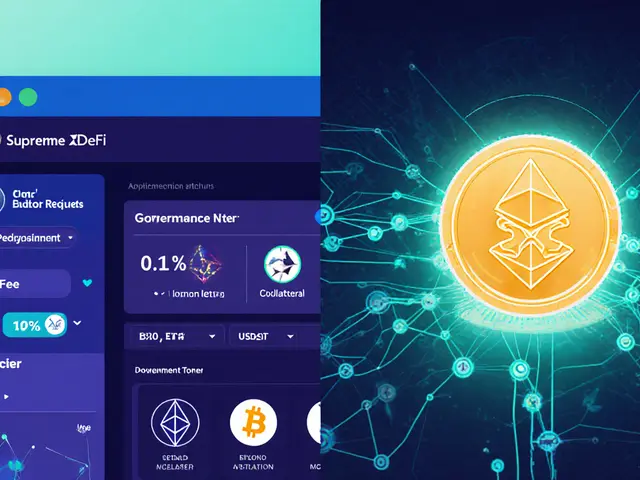Regulatory Compliance in Cryptocurrency
When dealing with Regulatory Compliance, the framework of laws, rules, and standards that crypto projects and traders must follow. Also known as compliance, it shapes everything from token launches to daily trading.
One of the biggest pieces of the puzzle is Crypto Tax, the set of fiscal obligations that arise when you buy, sell, or earn digital assets. Countries like India, China, and Bolivia have taken wildly different approaches, so knowing the rate, filing deadline, and record‑keeping method can mean the difference between a smooth audit and a hefty fine. Regulatory compliance also leans heavily on Anti‑Money Laundering (AML), procedures that detect and prevent illicit fund flows through crypto platforms. AML requirements force exchanges to verify identities, monitor transactions for suspicious patterns, and report large moves to financial watchdogs. Another critical layer comes from the EU’s MiCA (Markets in Crypto‑Assets) regulation, a comprehensive legal framework that standardizes how crypto assets are offered and supervised across member states. MiCA directly influences Utility Token Regulation, rules that determine when a token is treated as a security versus a functional product, shaping everything from tokenomics to marketing language.
Why does all this matter? Because Regulatory compliance encompasses AML requirements, Crypto tax influences trader behavior, and MiCA shapes utility token regulation. In practice, a project that ignores AML checks may see its accounts frozen, while one that misclassifies a token under MiCA could face enforcement actions or be barred from EU markets. The compliance checklist typically includes: registering as a Virtual Asset Service Provider (VASP), implementing Know‑Your‑Customer (KYC) workflows, setting up automated tax reporting, and aligning token disclosures with the Howey test and MiCA definitions. Each of these steps has measurable attributes – registration fees, audit frequency, reporting timelines – that you can track to stay ahead of regulators.
What You’ll Find Below
The collection of articles on this page walks you through real‑world examples of how different jurisdictions handle compliance. You’ll see a deep dive into China’s 2025 crypto ban, India’s 30 % crypto tax, Taiwan’s banking restrictions, and the EU’s MiCA rollout. There are practical guides on filing taxes, avoiding non‑compliant exchanges, and navigating utility token rules. Whether you’re a trader trying to keep your profits legit or a project founder aiming to launch a token without hitting a regulatory wall, the posts below give you step‑by‑step instructions, checklists, and the latest updates you need to act confidently.
Ready to cut through the legal jargon and get actionable insights? Scroll down and explore each guide – you’ll find everything from tax calculators to AML best practices, plus a clear view of how global regulators are reshaping the crypto landscape.
Learn how collateral risk management secures loans, cuts costs, and meets regulatory rules using margin, haircuts, AI, and blockchain.



 Finance
Finance




